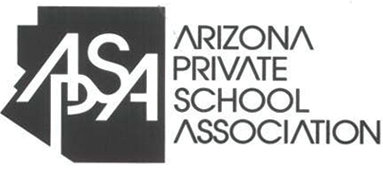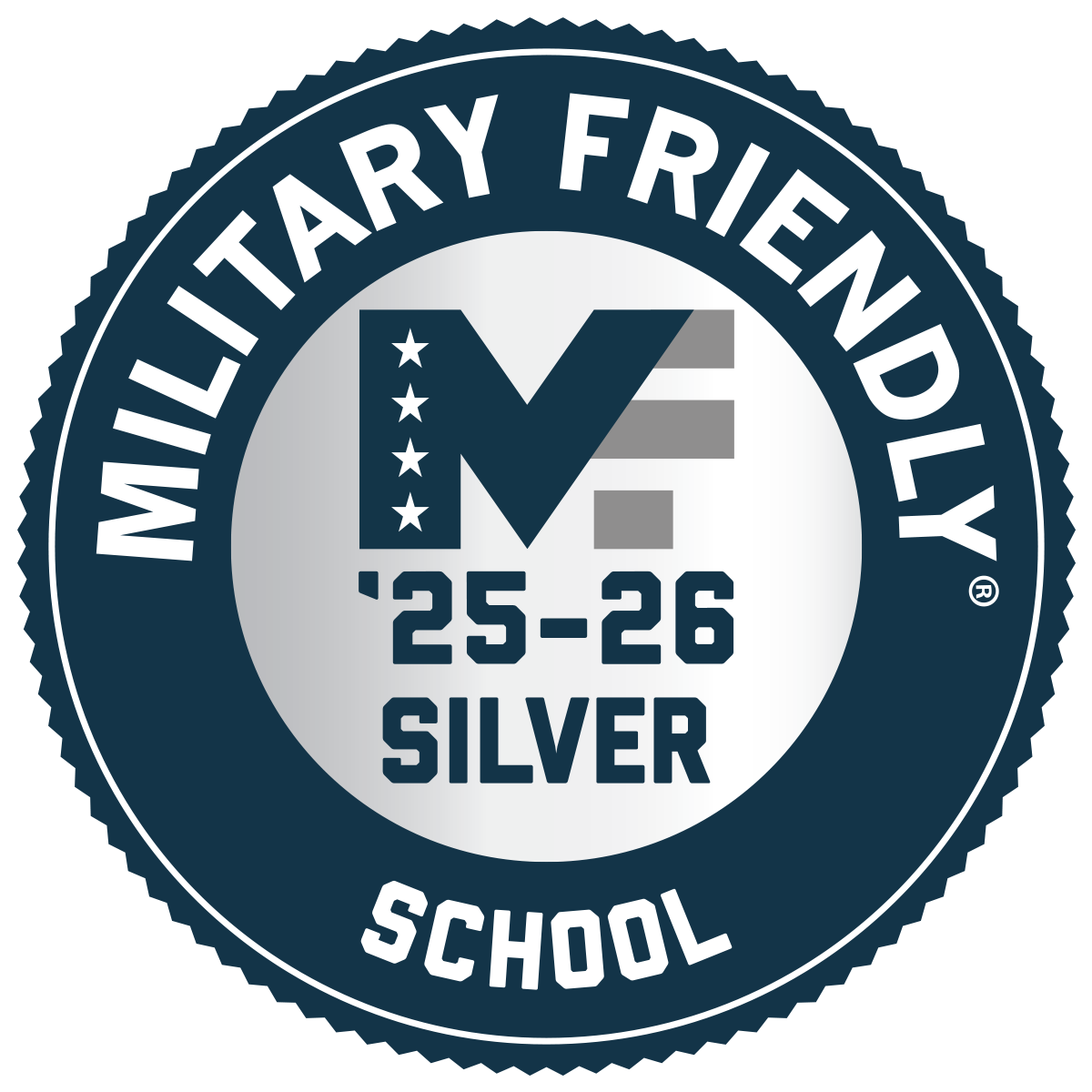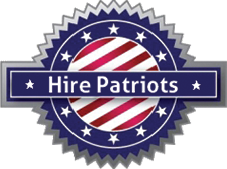
CB radio, also called Citizens Band radio, originated as an FCC-regulated personal radio service in 1945. Today, CB radios remain in use by truckers across the country for short-range communications and updates. Learning to use the CB radio effectively and communicate with fellow truckers can help you stay up to date on road conditions and more while behind the wheel of your truck.
CB Radio Use
Truckers mainly use CB radios for informal communication over a short distance—most mobile CB radios can reach distances of up to 15 miles, depending on the unit and the terrain, while base stations typically achieve distances of ten miles between the station and a mobile unit. CB radio signals aren’t far-reaching, but they can be used to update other truckers of changing road conditions, upcoming weather, and even speed traps or open weigh stations and checkpoints ahead. Additionally, truckers may use CB radios to ask for help and advice, such as assistance with a blown tire or recommendations for a good restaurant in the next town. Furthermore, many trucking industry officials also use CB radios for communications, including weigh station and truck stop personnel.
CB Radio Channels
CB radios use a set of 40 discrete channels in the 27 MHz band for communication. However, most truckers typically use only two of these 40 channels, although usage may depend on your location in the United States. Channels 17 and 19 are the two channels most commonly used by truckers; in some areas, those on north- and southbound roads use channel 19, while those on east- and westbound roads communicate on channel 17.
At Yuma truck Driving School, we offer Class A and B CDL training in Arizona to help you achieve your goals as a truck driver. We invite you to contact us online for more information about our admissions and financial assistance options, or give us a call at (888) 647-3239 to discuss enrollment in one of our nationally-recognized truck driver training programs.








